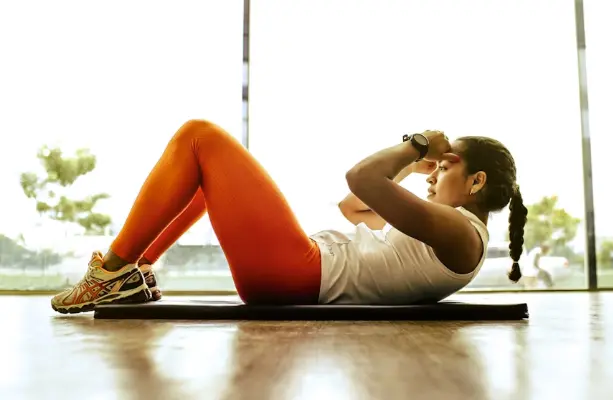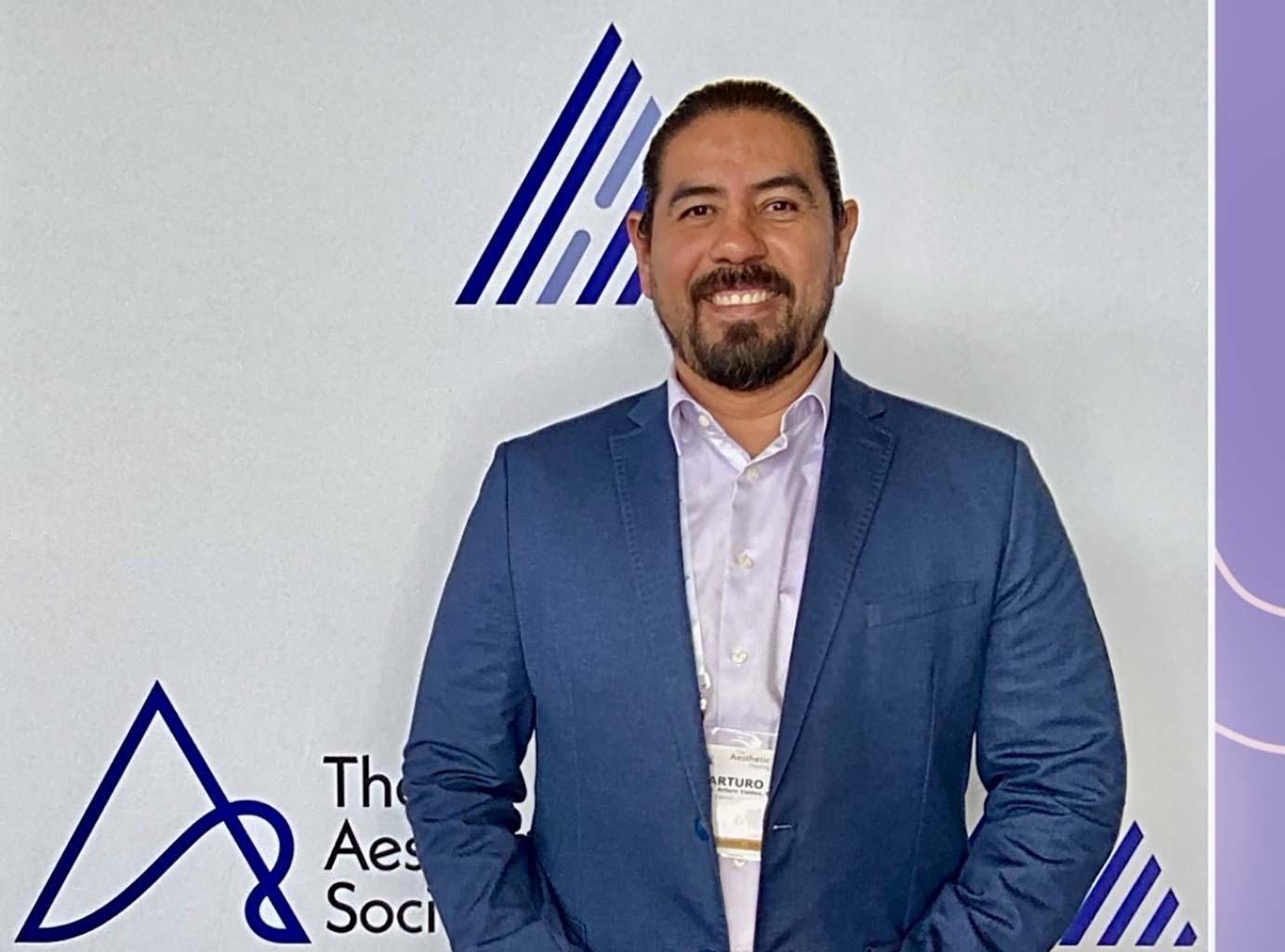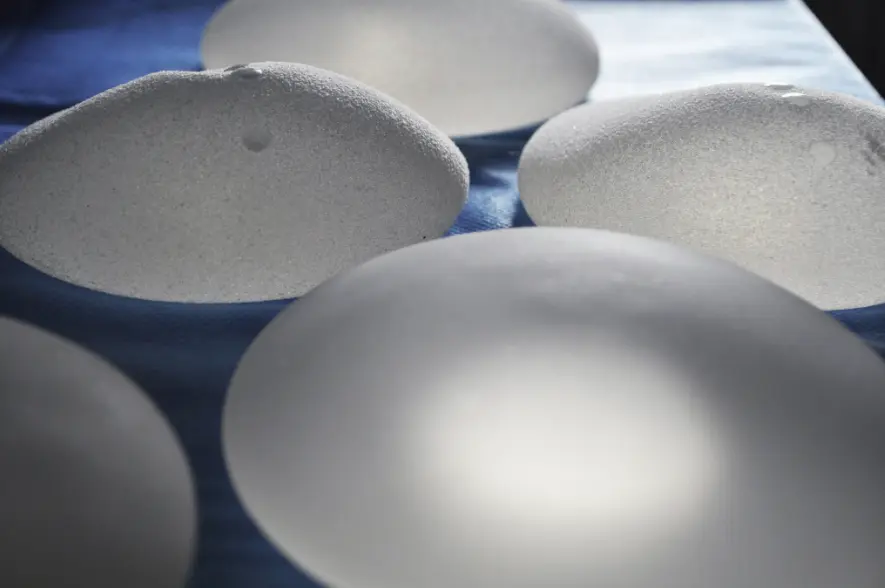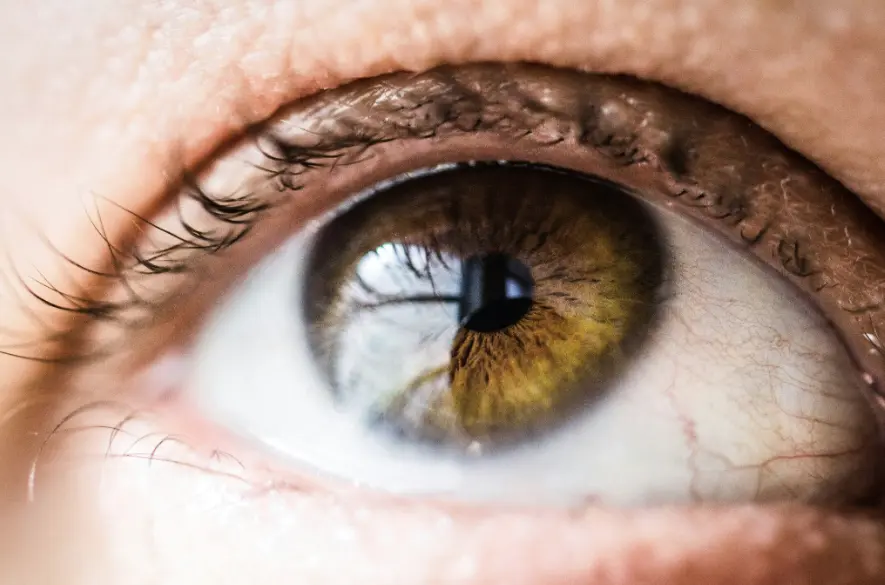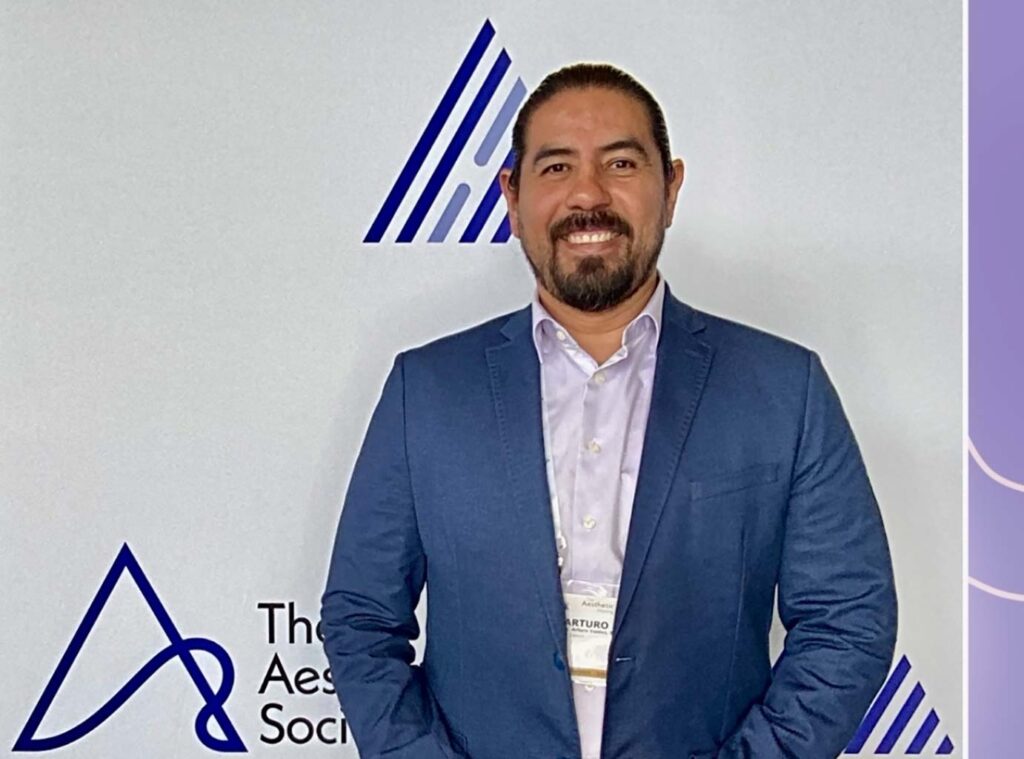Liposuction is a fantastic way to get rid of excess fat, especially if you’ve worked hard and it just isn’t disappearing. It’s a fast and efficient way to get the body you’ve always wanted, and it’s very accessible too.
However, like with any procedure, there’s a recovery period afterward. This may disrupt your daily routine, which includes working out to maintain your fitness.
You know you’ll be out of commission for a while, but how long after lipo can you workout? It’s important to maintain your results, and knowing ahead of time when you can resume your workouts can be invaluable. Read on to find out when you can exercise after liposuction and more.
Why Can’t You Exercise After Liposuction?
When you look at liposuction and compare it to other aesthetic procedures like breast implants or a nose job, it’s not as intense and is minimally invasive. So many people mistakenly think there’s little to no downtime after getting lipo.
However, liposuction still causes trauma to the body, like all other surgeries. So this is why physical activity must be avoided.
Inflammation and Swelling
Liposuction involves suctioning fat from beneath the skin, and this can cause significant tissue trauma. In response to this, there’s inflammation, as well as swelling and fluid accumulation.
If you exercise, this increases blood flow and your body temperature. Both things can worsen swelling and prolong recovery.
Risk of Bleeding and Hematomas
Exercise also increases your heart rate and blood pressure. This can lead to internal bleeding or hematoma formation (collection of blood under the skin) at the site.
Delayed Wound Healing
As you may already know, your incision sites need to close and heal properly. If you exercise, the physical strain or stretching could reopen the wounds or increase scarring, which will prolong the healing process.
Risk of Seroma Formation
Seromas are pockets of clear fluid that develop under the skin. If you overexert yourself too early, then these can form. And if seromas form, these can lead to infection, discomfort, and poor contouring results.
Poor Cosmetic Outcome
Speaking of poor contouring results, you need to be careful with the healing tissues since they’re fragile and not fully settled. If you do strenuous activity, then it may shift fat, disrupt contour symmetry, or cause irregularities in your final results.
How Long After Lipo Can You Workout?
The answer isn’t quite simple since there are various definitions of “working out.”
Generally speaking, you can do light walking after liposuction in the first week to prevent blood clots. But that’s it; you should avoid:
- Lifting
- Squatting
- Bending
- Raising your heart rate
One Month Post Procedure
At this point, many surgeons will clear you for low-impact exercises. This includes:
- Stationary biking (low resistance)
- Gentle yoga or stretching (if your incisions have closed)
- Brisk walking
Strength training and high-impact cardio should still be postponed.
Week 6+ After Liposuction
Most patients are cleared for moderate cardio and light weightlifting at this point. So if you were wondering, ‘When can I lift weights after liposuction?” it’s around the six-week mark.
You can start exercises like:
- Strength training with light weights
- Resistance bands
- Pilates
Make sure to monitor for any swelling or pain. If either worsens, you should scale your exercise routine back.
Week 8+ After Liposuction
You should be able to resume all normal activities two months after your liposuction procedure, and that includes full workouts. This means you can do:
- Running
- High-intensity interval training (HIIT)
- Core work and heavy lifting
However, you should always check with your surgeon for a personalized go-ahead.
What Happens If You Exercise Too Soon After Liposuction?
You may feel impatient, and you want to resume your daily routine ASAP. But starting exercise too soon after liposuction can really set you back. Here are the reasons why.
Increased Swelling
Since exercise increases circulation and body heat, this causes your blood vessels to expand and pump more fluid to the treated areas. As a result, you may experience excess swelling, and this can delay healing.
In addition, the excess swelling can affect your final results. Prolonged inflammation can affect how tissues settle and contour. Not to mention, you’ll experience a longer recovery period, too.
Pain or Discomfort
As you may already know from working out previously, physical activity stresses the muscles and tissues. On top of that, it’ll stress incision sites, which are already inflamed and sensitive after surgery. If you bend, twist, or lift, it may irritate nerves or muscles that are still recovering.
Not only can overexertion cause sharp or persistent pain, but it may also cause you to compensate with poor posture or movement patterns. This can result in secondary injuries, which can then prolong the recovery time, make you need more medication, and make everyday activities more difficult.
Bruising or Bleeding
Your blood pressure rises when you work out, and this increased circulation can cause fragile blood vessels that were damaged during liposuction to rupture again. This can lead to new bruising or internal bleeding (hematomas).
This bleeding under the skin may stretch and damage tissues and disrupt the healing process. In severe cases, you may even require surgical drainage.
Infections
When exercising, there’s sweat, friction, and heat buildup, especially around the compression garment. If your incisions are still healing or slightly open, this environment becomes a breeding ground for bacteria.
Infections can happen along the liposuction tunnels or around incision sites. And if they’re intreated, they can become serious or systemic, which means you’ll need antibiotics or further surgery.
Plus, infections can damage tissues, resulting in scarring, contour irregularities, or fluid buildup.
Don’t Work Out Too Early
The answer to, “How long after lipo can you workout?” is approximately six weeks, although you can do light walking prior to that.
The important thing is that you don’t overdo things and that you listen to your surgeon’s instructions. With enough patience and care, you’ll be back doing your favorite workouts without issue.
Schedule a consultation today if you’re interested in getting liposuction from a board-certified plastic surgeon. Dr. Valdez has over 16 years of experience.
References
- Shahram Salemy MD, Friday A 16. What you need to know about your liposuction recovery. American Society of Plastic Surgeons. Accessed August 2, 2025.
- Writer KC| F, Thursday A 4. Eight ways to make liposuction recovery a breeze. American Society of Plastic Surgeons. Accessed August 2, 2025.
- Kazzam ME, Ng P. Postoperative Seroma Management. In: StatPearls. StatPearls Publishing; 2025. Accessed August 2, 2025. http://www.ncbi.nlm.nih.gov/books/NBK585101/
- Venous Thromboembolism - Preventing Blood Clots | NHLBI, NIH. September 20, 2022. Accessed August 2, 2025.
Frequently Asked Questions
When can I start exercising after liposuction?
You can begin light walking in the first week to help circulation. Most patients resume low-impact workouts at 1 month, moderate exercise at 6 weeks, and full workouts by 8 weeks+, with surgeon approval.
What happens if I work out too soon after liposuction?
Exercising too early can cause excess swelling, pain, bruising, bleeding, or infections. It may also disrupt healing tissues and lead to poor contour results or complications that prolong recovery.
When can I lift weights after liposuction?
Most patients are cleared for light strength training around 6 weeks post-op. Full weightlifting and high-intensity training are usually safe by 8 weeks+, depending on your healing progress.
Why should I avoid exercise right after liposuction?
Exercise raises blood pressure and circulation, which increases the risk of swelling, hematomas, seromas, and delayed wound healing. Avoiding workouts early on protects your recovery and final results.


